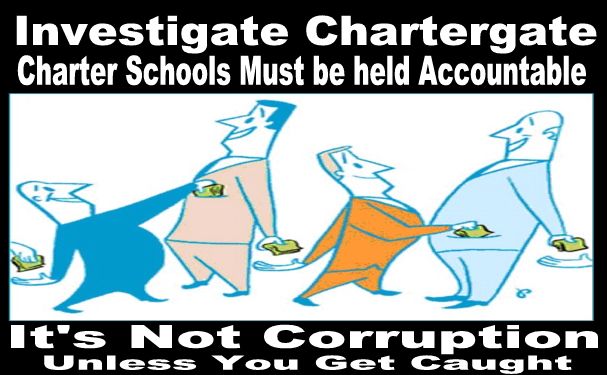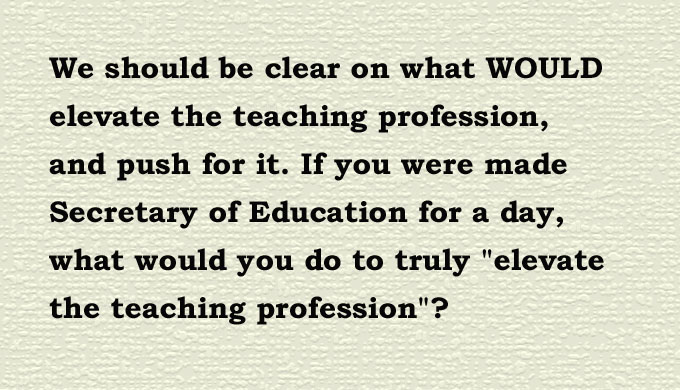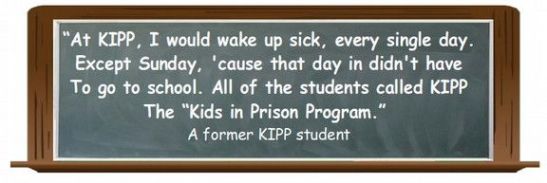THE STORY BEHIND THE STORY: HOW AND WHY CPS REMOVED ME FROM MY SCHOOL
You won’t believe this (Then again, if you know Chicago, you might)
After the mayor’s office had me removed from my school I wrote, “The corruption behind CPS’s actions that day was readily apparent. I intend to write about it soon.”
Well, here it is.
Take a deep breath. You’re in for one hell of a ride.
On Wednesday, April 20th I received a letter informing me that I’d been reassigned “to home” and that CPS would seek to suspend me without pay. Several days later, I was given the charges CPS used to justify their actions. I plan on addressing those charges in the very near future. The first step, however, is to understand how CPS attempted to remove me. That requires an understanding of the events in the two months prior to my reassignment.
One of my favorite films is a martial arts epic entitled, Hero. The film stars Jet Li as a nameless warrior who carries out a meticulous plan to rid his kingdom of a ruthless would-be emperor. The film takes place in three acts with each act telling the same story from a different—and better informed—view point; just when you thought you understood what was going on, another small detail changes your entire perspective.
That is how Wednesday April 20th unfolded. It was a strange day, even by Chicago Public Schools (CPS) standards. There are three groups of facts you should know in order to grasp the implications of what CPS did. Some may seem unrelated at first, but by the time you finish reading, you’ll see the connections and—more importantly—you’ll see the corruption.
Fact 1: An Unprecedented Inquiry
In late February, it was announced that I was nominated to run for president of the Chicago Principals and Administrators Association (CPAA). Within days, the THE STORY BEHIND THE STORY: How and Why CPS Removed Me from My School – Troy LaRaviere's blog:

















